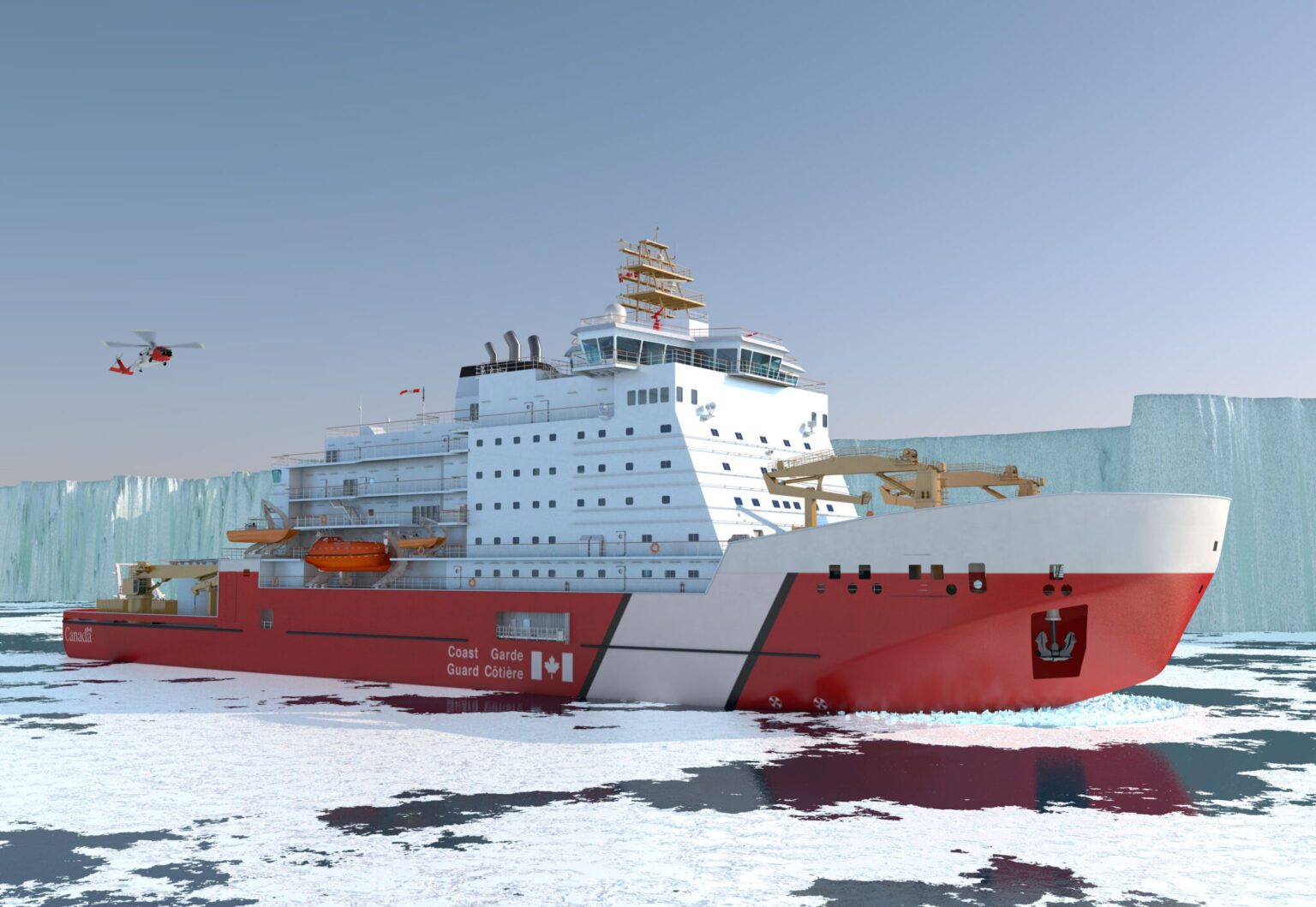
The Polar Max represents a departure from traditional Canadian shipbuilding approaches, employing a hybrid construction strategy between facilities in Finland and Canada. Initial hull construction will begin at Davie’s Helsinki Shipyard, which has established itself as a premier icebreaker builder, having constructed all complex medium to heavy icebreakers delivered from Finland over the past quarter-century.
The majority of construction work and final delivery will occur at Davie’s home facility in Lévis, which is currently undergoing an CAD $840 million modernization. This strategic approach aims to accelerate delivery by several years compared to the original timeline while facilitating technology transfer and expertise development within Canada’s maritime industry.
“Today’s steel cutting ceremony is more than the start of construction of one very special ship. It’s the start of a new chapter in Canadian Arctic leadership,” said James Davies, CEO of Davie. “The Polar Max represents how trusted allies can collaborate to deliver strategically vital projects when they are needed most. We want to thank the governments of Canada and Québec for their vision, and we are determined to deliver this ship on time and on budget.”
The Polar Max will be 22,800 tonnes with a length of 138.5 meters. It will be the first newbuild project at the Helsinki Shipyard under Davie’s ownership.
The project features several notable aspects, including a fixed-price contract structure designed to ensure on-time delivery, approximately $200 million investment in small and medium-sized Canadian businesses throughout the supply chain, and the creation of thousands of high-value jobs across Québec and throughout Canada’s marine sector.
A key industrial partnership within the project involves Le Groupe ALMACO, a Canadian subsidiary of ALMACO Group, which will handle a major outfitting contract for the vessel. This collaboration is expected to establish Canada’s first modular cabin factory in Québec.
Alex Vicefield, Chairman and CEO of Inocea, Davie’s parent group, highlighted the company’s unique position: “Davie is uniquely positioned to deliver a ship as advanced and strategically important as the Polar Max. With a global footprint, including our soon-to-be upgraded Lévis facility and the renowned Helsinki Shipyard, we combine the world’s best polar shipbuilding expertise with the strength, skill and unique Davie spirit of our Canadian workforce.”
The Polar Max project forms part of the Icebreaker Collaboration Effort (ICE Pact), a trilateral initiative between Canada, Finland, and the United States focused on polar icebreaker development. When completed, it will be the first polar icebreaker built through collaborative efforts between European and North American facilities.
Designed to operate in extreme conditions, the vessel will support Canada’s Arctic sovereignty, scientific missions, environmental protection, and maritime security operations.
The Honourable Joël Lightbound, Minister of Government Transformation, Public Works and Procurement, emphasized the project’s significance: “In an increasingly complex world, Canada’s new government is meeting the moment by rebuilding and reinvesting in the Canadian Coast Guard’s fleet of icebreakers. Through the National Shipbuilding Strategy, we are transforming how we deliver critical marine infrastructure and equipment, for the benefit of Canadians for generations to come.”
The Polar Max construction begins as geopolitical competition in the Arctic intensifies. Russia currently maintains a fleet of nearly 50 Arctic-ready vessels, while the United States operates only three. Both Russia and China have increased their presence in the region in recent years.
Davie’s expansion activities extend beyond the Canadian project. The company is also acquiring shipbuilding assets in Galveston and Port Arthur, Texas, with plans for a $1 billion investment to upgrade those facilities. This American expansion is strategically aligned with addressing the U.S. icebreaker shortage, speciically the U.S. Coast Guard Arctic Security Cutter program, with projections to create approximately 4,000 American jobs.
The Quebec-based shipbuilder became a partner in Canada’s National Shipbuilding Strategy in April 2023, securing an initial $8.5 billion package that includes seven heavy icebreakers and two large hybrid-powered ferries.

